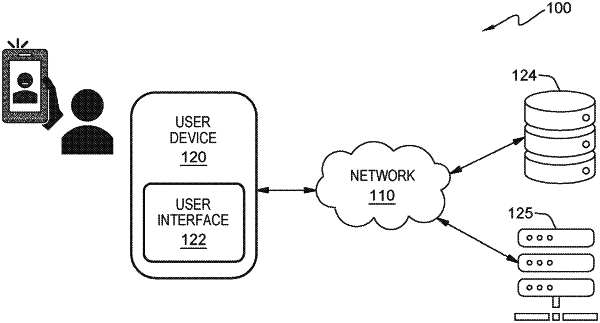| CPC G06F 40/30 (2020.01) [G06F 18/22 (2023.01); G06F 40/279 (2020.01); G06N 20/00 (2019.01); H04L 51/04 (2013.01)] | 19 Claims |

|
1. A computer-implemented method for improving intent determination in a messaging dialog manager system, the computer-implemented method comprising:
receiving, by one or more processors, first agent entry data corresponding to a first agent communicating in a messaging dialog interface;
determining, by the one or more processors, that the first agent entry data expects a response that is within a first response domain, wherein the response includes one or more classes and a first class of the one or more classes corresponds to an expected response to the first agent entry data and a second class of the one or more classes corresponds to no response is expected to the first agent entry data;
determining, by the one or more processors, that a first user entry entered in the messaging dialog interface is not within the first response domain;
identifying, by the one or more processors, a second agent configured with a second response domain that includes the first user entry;
transmitting, by the one or more processors, the first user entry to the second agent to facilitate a seamless transition of an established communicational flow between the first agent and the first user;
identifying, by the one or more processors, agent text data corresponding to a natural language (NL) text in the first agent entry data;
identifying, by the one or more processors, user text data corresponding to a natural language (NL) utterance in the first user entry;
determining, by the one or more processors, a first agent data entry topic based on the agent text data, wherein the first response domain corresponds to the first agent data entry topic;
determining, by the one or more processors, a first user entry topic based on the user text data; and
comparing, by the one or more processors, the first agent data entry topic and the first user entry topic to determine a similarity threshold is met.
|